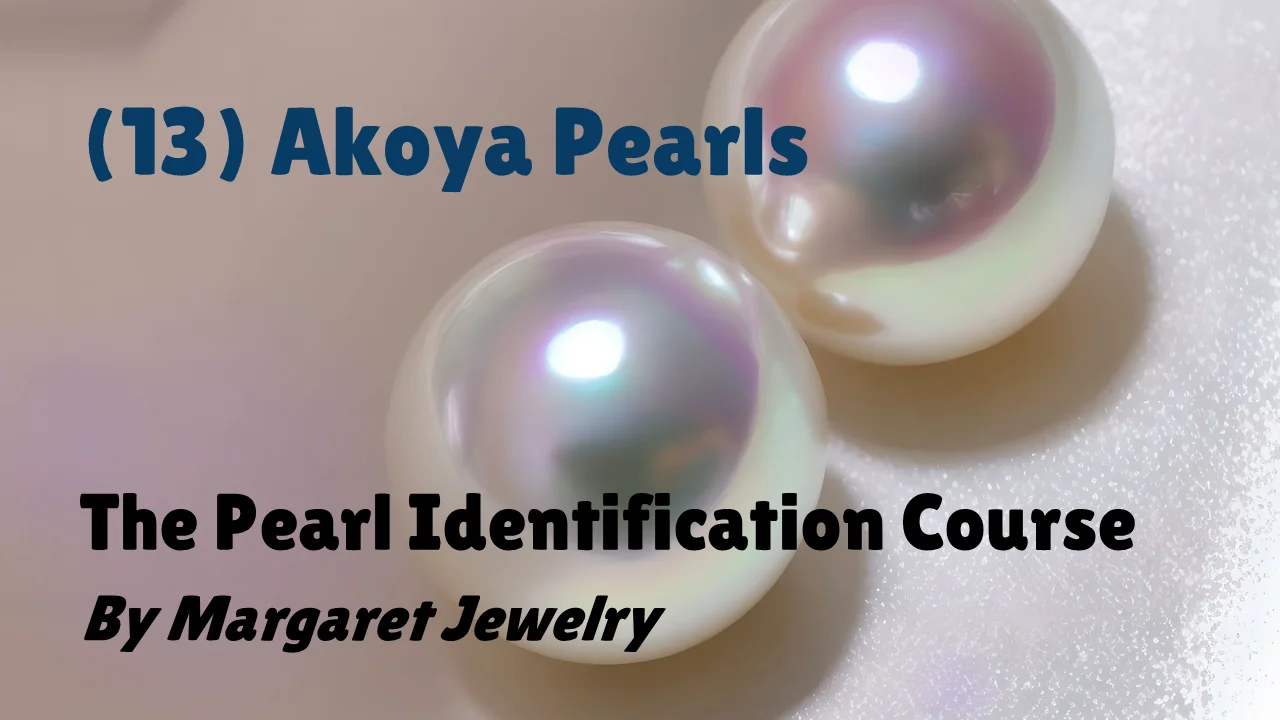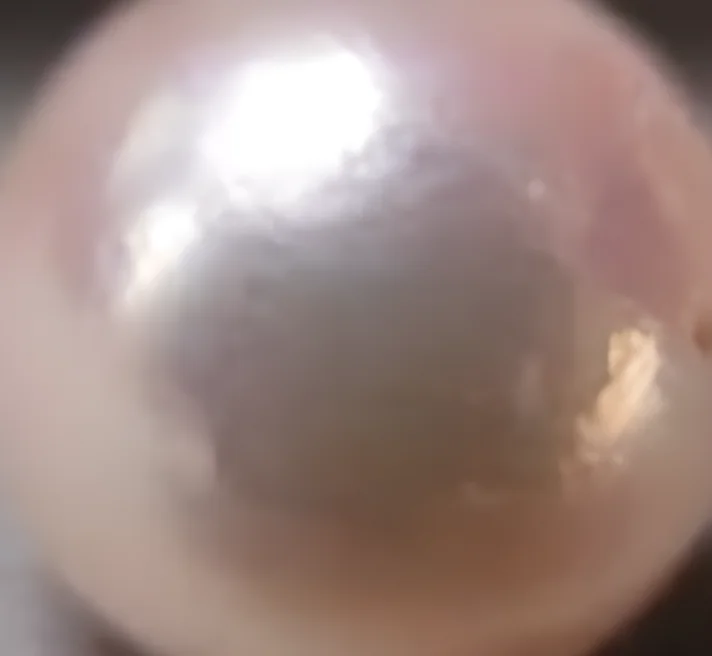Lesson13: Akoya Pearls

1. Introduction
Akoya pearls have the strongest luster among all pearls and are known for their small size, often referred to as “tiny light bulbs.”
2. Origins
Japan is the primary producer of Akoya pearls, followed by China, Vietnam, Australia, Indonesia, Dubai, and Abu Dhabi, where experimental farming is conducted. In Japan, cultivation is mainly concentrated in Mie, Ehime, Nagasaki, Oita, and Kumamoto Prefectures, accounting for over 90% of Japan’s production. Additionally, Akoya pearls are farmed on a smaller scale in Sado, Goshima, and other regions. Pearls under 6mm face competition from 3mm-4mm freshwater pearls from China.
In China, Akoya pearl farming is concentrated in Guangxi, Guangdong, and northern areas of Hainan Island (such as Hepu and Beihai). In Vietnam, farming follows Japan’s lead, with farms distributed along the northern and southern coasts, including Halong Bay in the north and areas near Ho Chi Minh City in the south.
3. Mother Oyster
Akoya pearls are cultivated using the Pinctada fucata martensii oyster, which is relatively small. Typically, each oyster produces only one pearl per harvest.


4. Characteristics
Color:
- Body Color: White, gray, cream
- Overtones: Pink, green, and blue
White Akoya pearls with a pink overtone are known as “cherry blossom pink,” gray ones as “Madara gray,” and cream ones as “gold feather.” These are commercial terms rather than official classifications. Most Akoya pearls undergo “color treatment,” but this is not typically disclosed.


Size:
Ranges from 2.0mm to 10.0mm (though 15mm was achieved experimentally). Pearls above 10mm are rare. Sizes commonly range from 6mm to 8mm. Pearls under 6mm are seeing a rise in price due to reduced production.
Shape:
Akoya pearls have a high roundness rate, with fewer occurrences of rings or irregular shapes. They are mostly perfectly round, though some have a slight baroque shape (known as “tail pearls” due to an imperfection in the nucleus coating).

Luster:
Akoya pearls have a mirror-like luster, superior to freshwater pearls due to their tightly packed nacre layers and high refractive index. The sharper the light reflection, the higher the luster quality.


Surface Characteristics:
Akoya pearls may exhibit a texture resembling fine glass patterns, a unique feature not found in freshwater pearls.
Nacre Thickness:
Commonly 0.3mm to 0.6mm. A thickness of 0.4mm or more is considered high quality. Thin nacre layers may cause peeling and expose the nucleus. Under light, thin nacre (0.3mm) shows shell patterns, while medium-thickness (0.4mm) has less transparency. If light reveals no patterns, the nacre is thick.

Cultivation Time:
About 1 year. Pearls cultivated in less than a year are called “annual pearls,” while those grown for over a year are known as “mature pearls.”
